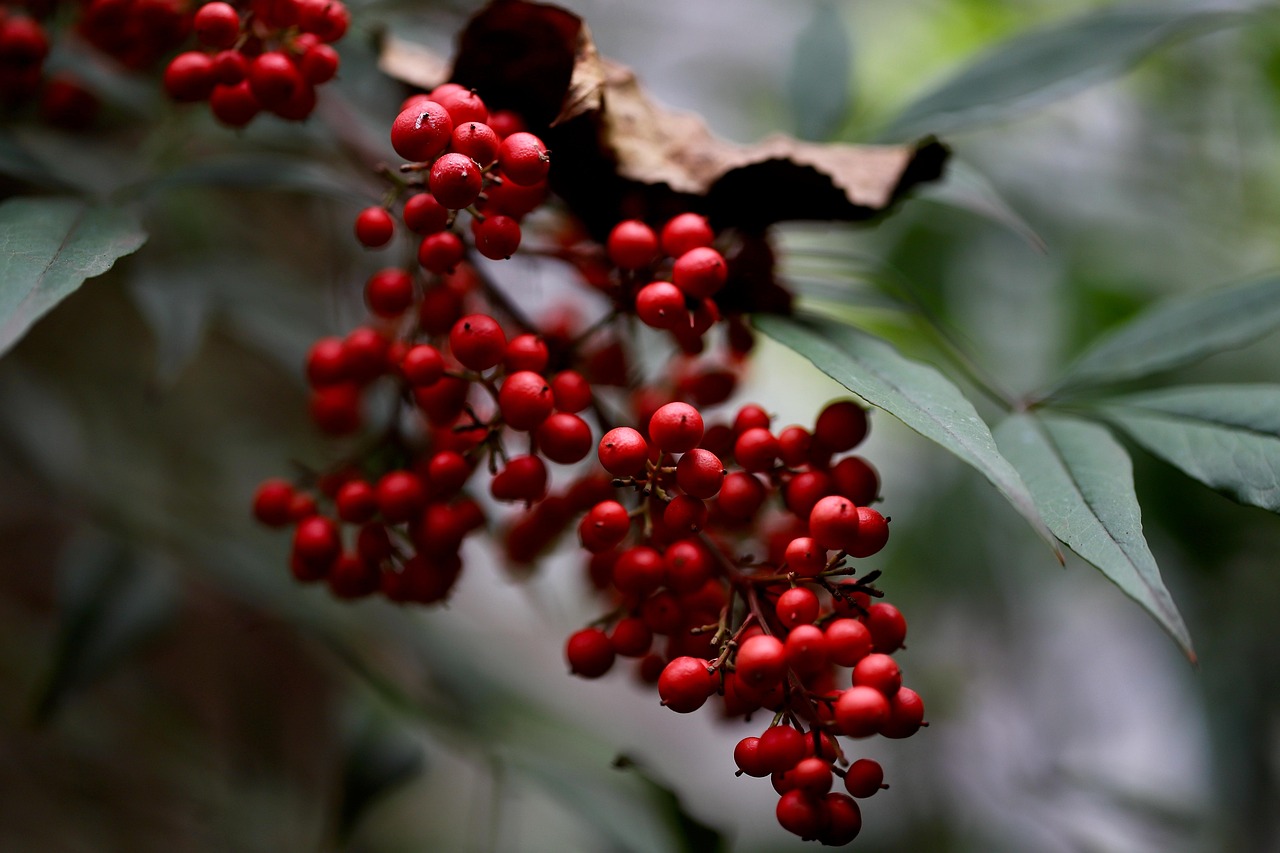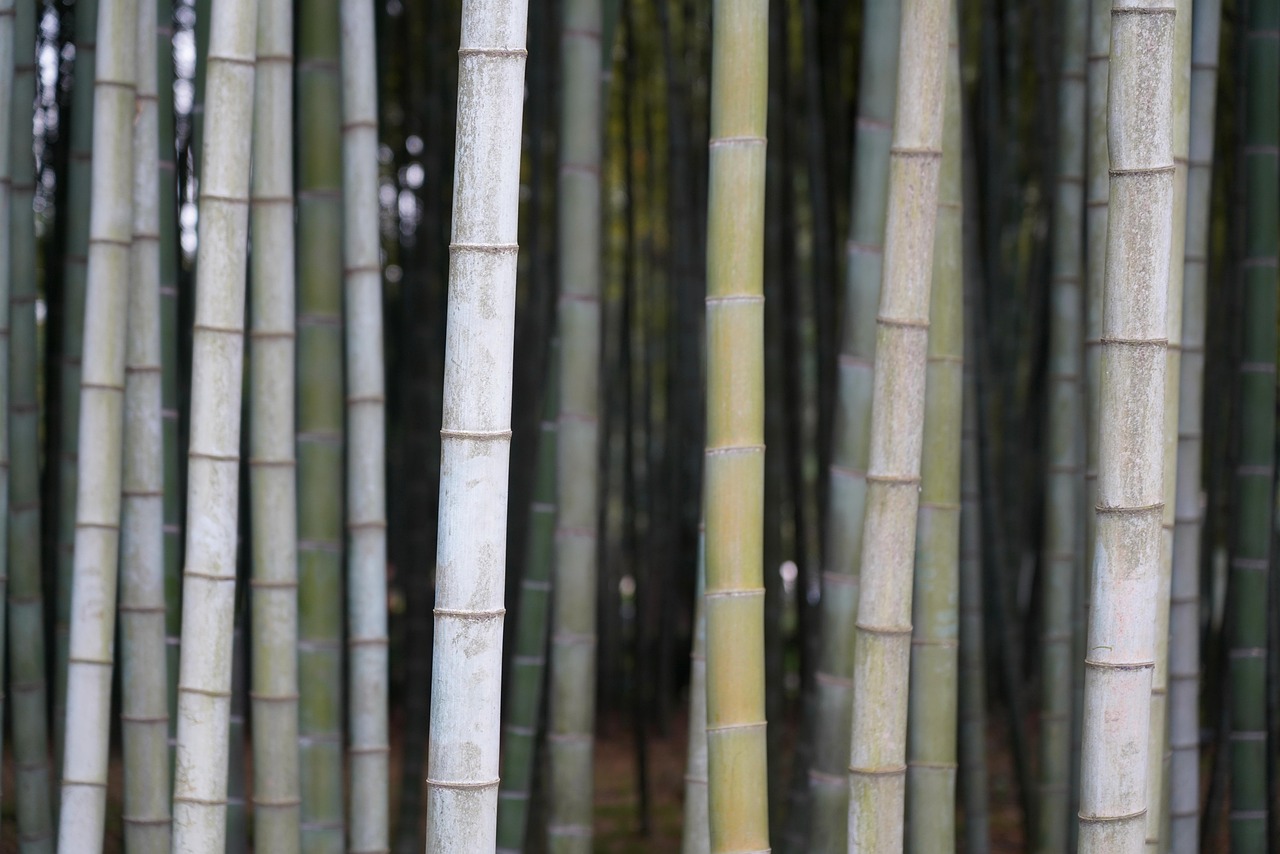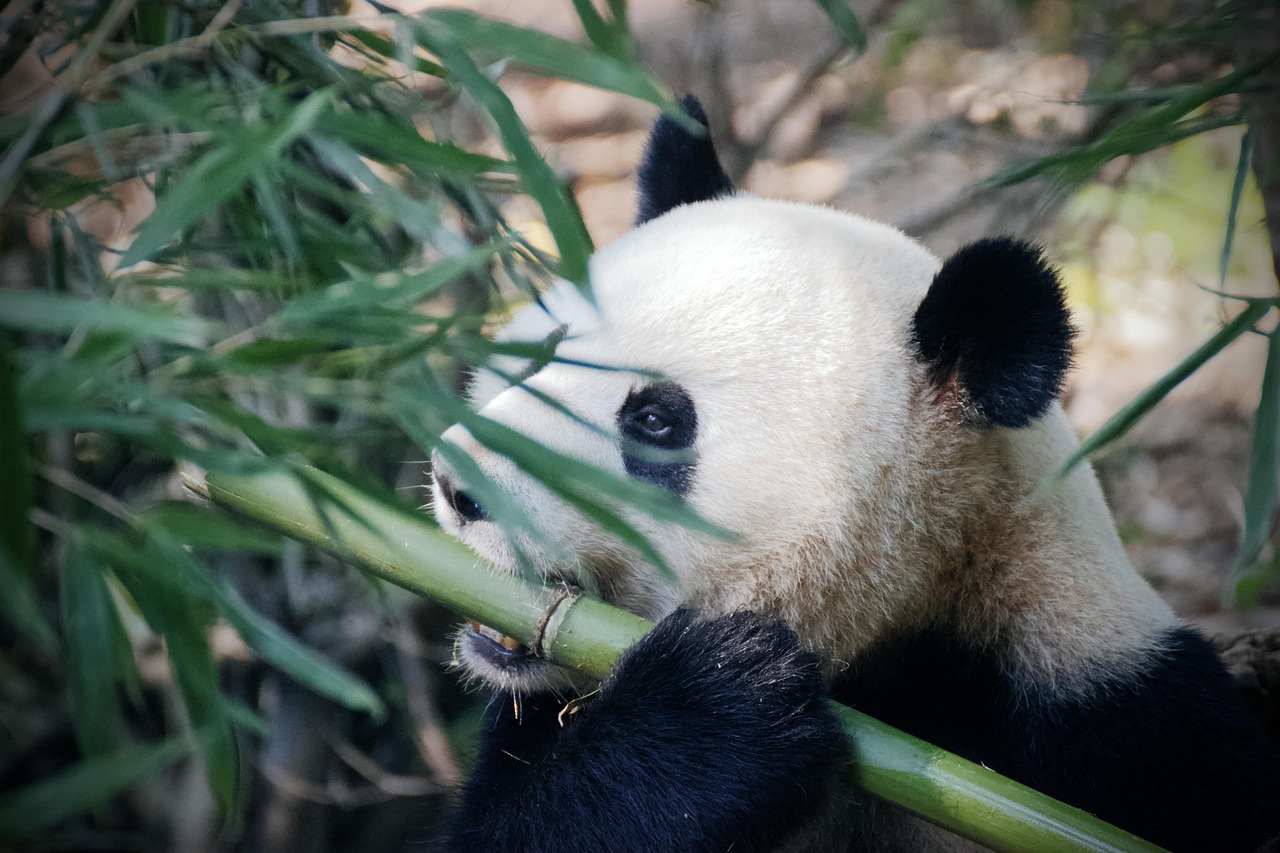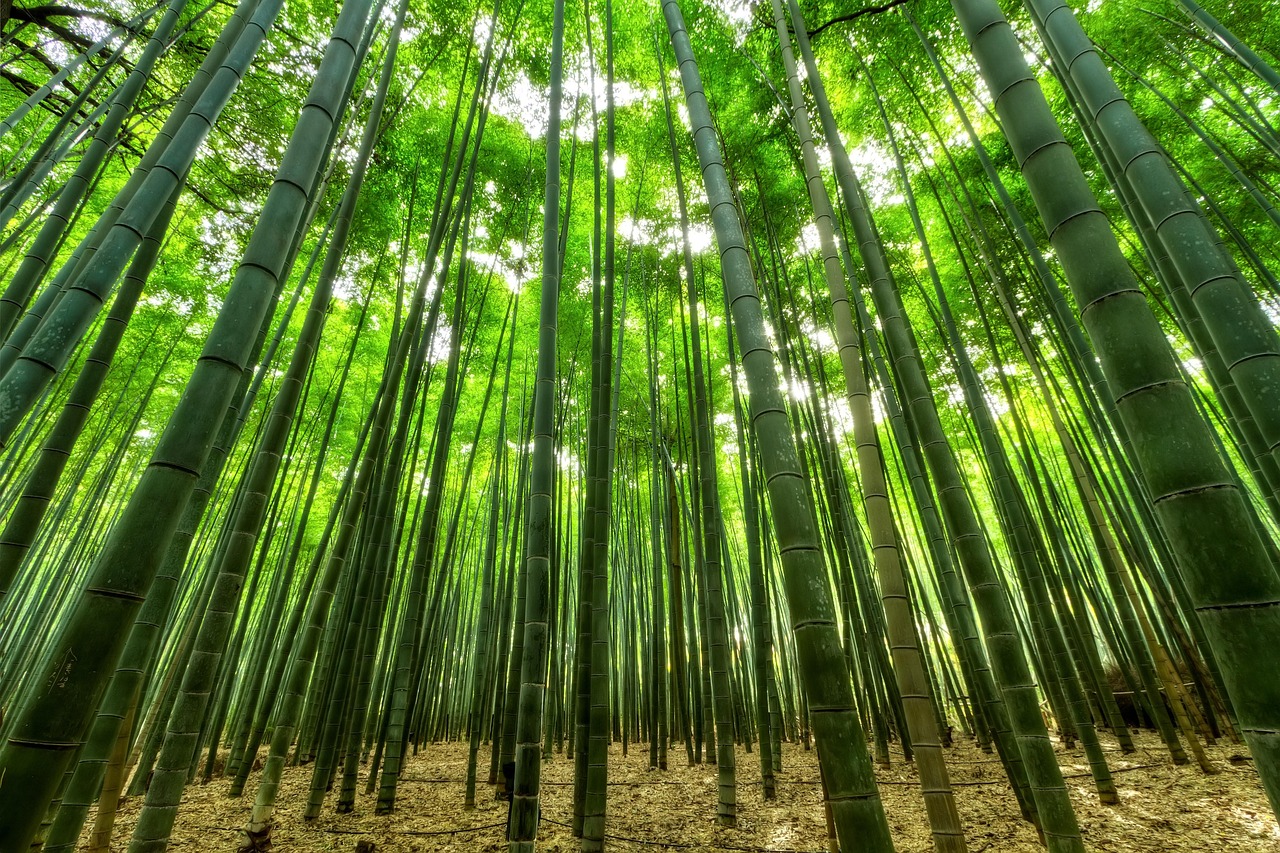Pruning bamboo is essential for maintaining its health and shape, especially when used for eco-friendly fencing. Regular pruning encourages new growth, enhances appearance, and ensures the bamboo remains robust and functional as a natural barrier.
Bamboo is a versatile and sustainable material that has gained popularity in landscaping and construction. Its rapid growth rate and strength make it an ideal choice for eco-friendly fencing. Pruning bamboo not only helps to control its size but also promotes healthy growth and enhances its aesthetic appeal. Proper pruning techniques ensure that the bamboo remains dense and lush, providing an effective privacy screen or boundary.

Understanding the growth habits of bamboo is crucial before starting any pruning tasks. Bamboo is classified into two main categories: clumping and running. Clumping bamboo grows in tight clusters, while running bamboo spreads out vigorously through underground rhizomes. Each type requires different care and pruning methods to maintain desired growth patterns and prevent overgrowth.
Benefits of Pruning Bamboo
Pruning offers several benefits for bamboo used in fencing. Here are some key advantages:
- Encourages Healthy Growth: Regular pruning removes dead or unhealthy canes, allowing the plant to focus energy on new shoots.
- Improves Appearance: Pruning helps shape the bamboo, creating a more attractive and organized fence.
- Controls Size: It prevents bamboo from becoming too invasive, especially in the case of running varieties.
- Enhances Air Circulation: Thinning out dense growth allows better air circulation, reducing the risk of disease.
- Promotes New Shoots: Cutting back older canes encourages new growth for a fuller appearance.
Moreover, bamboo is an environmentally friendly option. It is renewable, biodegradable, and can grow up to three feet a day under optimal conditions. This makes it not only a practical choice but also a sustainable one for eco-conscious homeowners.

When to Prune Bamboo
The timing of pruning is critical for achieving the best results. Generally, the best time to prune bamboo is in late winter or early spring just before new growth starts to emerge. This timing allows you to remove dead or damaged canes while minimizing disruption to the plant’s overall growth cycle.
Here are some specific guidelines on when to prune:
| Time of Year | Pruning Task |
|---|---|
| Late Winter | Remove dead or damaged canes to promote healthy growth. |
| Early Spring | Shape the plant by thinning out excess canes. |
| Summer | Trim back any overly tall canes if necessary. |
| Fall | Avoid heavy pruning; focus on cleaning up fallen debris. |
Tools Needed for Pruning Bamboo
Having the right tools is essential for effective bamboo pruning. Here are some recommended tools:

- Hand Pruners: Ideal for cutting smaller canes and branches.
- Loppers: Useful for thicker canes that require more leverage.
- Saw: A pruning saw is necessary for cutting down larger or older canes.
- Gloves: Protect your hands from sharp edges and splinters.
- Ladder: If dealing with tall bamboo, a sturdy ladder will help reach higher canes safely.
Before starting your pruning project, inspect your tools to ensure they are clean and sharp. This will make your cuts cleaner, reducing stress on the plant and promoting quicker healing.
Pruning Techniques
When it comes to actually pruning bamboo, several techniques can be employed depending on your goals. Here are some common methods:
- Crown Thinning: Remove some of the older canes at the base to encourage new growth while maintaining the overall structure of the plant.
- Topping: Cut back taller canes to a desired height, promoting a bushier appearance.
- Sculpting: Shape the bamboo by selectively removing canes to create a visually appealing form.
- Cleaning: Remove any dead leaves or debris at the base to improve airflow and reduce pests.
By employing these techniques effectively, you can maintain a healthy bamboo fence that meets your aesthetic and functional needs while contributing positively to the environment.

Aftercare for Pruned Bamboo
After pruning bamboo, proper aftercare is crucial to ensure the health and longevity of the plants. The care you provide directly influences how well the bamboo recovers and thrives post-pruning. Here are some essential aftercare practices to consider:
- Watering: Ensure that your bamboo receives adequate water, especially after pruning. This helps the plant recover from stress and encourages new growth.
- Fertilization: Applying a balanced fertilizer can provide essential nutrients that promote healthy regrowth. Consider using organic fertilizers for an eco-friendly approach.
- Pest Monitoring: Keep an eye out for pests that may target stressed bamboo. Early detection allows for prompt action to protect your plants.
- Mulching: Adding a layer of mulch around the base of the bamboo can help retain moisture and suppress weeds, creating a more favorable growing environment.
These practices not only support recovery but also enhance the overall resilience of your bamboo fence, making it more effective as a natural barrier and aesthetic feature in your landscape.
Common Mistakes to Avoid When Pruning Bamboo
While pruning bamboo may seem straightforward, there are common mistakes that can hinder the health of the plant. Being aware of these pitfalls can help ensure successful pruning outcomes:
- Pruning at the Wrong Time: Pruning during the wrong season can damage newly emerging shoots and disrupt growth cycles.
- Over-Pruning: Removing too many canes can weaken the plant. Aim for balance to maintain structural integrity.
- Neglecting Tool Maintenance: Using dull or dirty tools can lead to ragged cuts, inviting disease and pests.
- Ignoring Growth Patterns: Not understanding whether you have clumping or running bamboo can lead to inappropriate pruning techniques.
- Forgetting to Clean Up: Leaving debris around can harbor pests and diseases. Always clean up after pruning.
Avoiding these mistakes will help cultivate a thriving bamboo fence that enhances your outdoor space while adhering to eco-friendly principles.
Pest and Disease Management for Bamboo
Bamboo can be susceptible to various pests and diseases, particularly if not properly cared for after pruning. Awareness and proactive management are essential for maintaining healthy bamboo. Here are some common issues to watch for:
| Pest/Disease | Description | Control Method |
|---|---|---|
| Bamboo Mites | Tiny pests that feed on bamboo leaves, causing discoloration and wilting. | Introduce beneficial insects, such as ladybugs, or use insecticidal soap. |
| Bamboo Borers | Wood-boring insects that damage the structural integrity of bamboo. | Remove affected canes and apply neem oil as a preventive measure. |
| Leaf Spot | A fungal disease leading to spots on leaves, which can weaken the plant. | Improve air circulation and remove infected leaves promptly. |
| Root Rot | A condition caused by overwatering, leading to decay of roots. | Ensure proper drainage and avoid excessive moisture around the roots. |
Implementing these control methods can help keep your bamboo healthy and vigorous. Regular monitoring is key to catching potential issues early before they escalate into more significant problems.
The Role of Bamboo in Sustainable Landscaping
Bamboo is an excellent choice for sustainable landscaping due to its numerous environmental benefits. As you cultivate your bamboo fence, consider how it contributes to a greener planet:
- Carbon Sequestration: Bamboo absorbs carbon dioxide at a higher rate than many trees, helping mitigate climate change.
- Soil Erosion Prevention: The extensive root system of bamboo stabilizes soil, preventing erosion on slopes and hillsides.
- Biodiversity Support: Bamboo provides habitat for various wildlife species, promoting biodiversity in your garden.
- Water Conservation: Once established, bamboo requires less water compared to many traditional landscaping plants.
By integrating bamboo into your landscaping plans, you are not only enhancing your property but also contributing positively to environmental health.
Choosing the Right Bamboo Species for Fencing
Selecting the correct species of bamboo is vital when planning for eco-friendly fencing. Different species offer various characteristics suited for specific needs. Here are some popular choices:
| Bamboo Species | Height | Growth Habit | Ideal Use |
|---|---|---|---|
| Bambusa vulgaris | 30-50 feet | Clumping | Tall privacy screens |
| Phyllostachys aurea | 20-35 feet | Running | Moderate height fences |
| Fargesia murielae | 6-12 feet | Clumping | Lush border planting |
| Dendrocalamus giganteus | 50-100 feet | Tall running | Dramatic feature fencing |
Selecting a species that matches your desired height and growth habit will ensure an effective and beautiful bamboo fence. Consider local climate conditions and maintenance requirements when making your choice.
This knowledge will enable you to create a stunning bamboo fence that serves both functional and ecological purposes in your outdoor space.
Designing Your Bamboo Fence
Designing an effective bamboo fence involves more than just choosing the right species. It requires careful planning to ensure that the fence meets your functional and aesthetic needs. Here are some important elements to consider when designing your bamboo fence:
Height and Privacy
Determining the height of your bamboo fence is one of the first decisions you need to make. The height will depend on your intended purpose, whether it’s for privacy, noise reduction, or simply as a decorative feature. Here are some guidelines:
- For Privacy: Aim for a height of at least 6 to 8 feet to create an effective barrier against prying eyes.
- For Aesthetics: Shorter fences (3 to 5 feet) can be used as decorative elements or borders without blocking views.
- For Noise Reduction: Taller fences can help dampen noise from nearby roads or neighbors, ideally over 8 feet.
Spacing and Density
The spacing between bamboo plants in your fence design will affect how dense and full the fence appears. Consider the following:
- Close Planting: Planting bamboo canes closer together (1-2 feet apart) creates a denser and more private fence.
- Wide Spacing: If you prefer a more open look, spacing canes 3-4 feet apart allows for airflow and light but reduces privacy.
Style and Aesthetics
The style of your bamboo fence can greatly influence the overall look of your landscape. Here are some popular styles to consider:
- Straight Panels: Traditional vertical panels created by aligning bamboo canes side by side.
- Curved Designs: Arched or curved fences can add a unique visual element to your garden.
- Trellis Style: Incorporating trellis elements allows for climbing plants or vines, enhancing aesthetics.
- Natural Look: Leaving bamboo in its natural state without excessive trimming can create a rustic, organic appearance.
Building Your Bamboo Fence
Once you have a design in mind, the next step is building the bamboo fence. The construction process requires careful attention to detail to ensure stability and longevity.
Materials Needed
Here is a list of materials you will typically need for building a bamboo fence:
- Bamboo Canes: Choose high-quality, treated bamboo canes suitable for outdoor use.
- Posts: Wooden or metal posts will provide essential support for the bamboo structure.
- Wire or Twine: For securing bamboo canes together and connecting them to posts.
- Screws or Nails: Depending on your construction method, you may need screws to attach components securely.
- Concrete Mix: Use concrete for setting posts into the ground for added stability.
Construction Steps
The following steps outline how to build your bamboo fence effectively:
- Plan Your Layout: Mark the area where you will install the fence, using stakes and string to outline the shape.
- Install Posts: Dig holes for the posts at regular intervals (usually 6-8 feet apart), ensuring they are deep enough for stability. Secure them with concrete if necessary.
- Attach Bamboo Canes: Begin attaching bamboo canes horizontally or vertically, depending on your design. Use wire or twine to secure them tightly against the posts.
- Check Alignment: Regularly check that the canes are level and aligned correctly as you build the fence.
- Add Finishing Touches: Once the main structure is complete, consider adding caps to the posts or decorative elements to enhance the overall appearance.
Maintenance of Bamboo Fencing
Proper maintenance is vital for preserving the beauty and functionality of your bamboo fence over time. Here are some essential maintenance tips:
- Regular Inspections: Periodically check for any signs of damage, rot, or pest infestations to take timely action.
- Cleansing: Clean the bamboo surfaces with a mild soap solution and a soft brush to remove dirt and algae buildup.
- Treatment Against Pests: Apply protective treatments specifically designed for bamboo to prevent pest damage.
- Annual Pruning: As discussed earlier, prune any dead or overgrown canes annually to maintain health and appearance.
By investing time in maintenance, you can extend the life of your bamboo fence and keep it looking fresh and vibrant in your landscape.
The Environmental Impact of Bamboo Fencing
Bamboo fencing not only enhances the beauty of outdoor spaces but also offers significant environmental benefits. Understanding these impacts can further motivate you to choose bamboo as a fencing material.
- Sustainable Resource: Bamboo is one of the fastest-growing plants on Earth, making it an incredibly sustainable option compared to traditional timber.
- Biodiversity Support: Bamboo groves can provide habitats for various wildlife species, promoting ecological balance.
- Erosion Control: The extensive root systems of bamboo help prevent soil erosion in vulnerable areas such as slopes and embankments.
- Reduced Carbon Footprint: Using bamboo reduces reliance on synthetic materials, contributing to lower carbon emissions associated with manufacturing processes.
This sustainable choice not only beautifies your property but also supports environmental conservation efforts, making it a responsible option for eco-conscious homeowners.
These environmental benefits highlight why bamboo fencing is not only a practical choice but also a responsible one for eco-conscious homeowners. Additionally, bamboo’s versatility allows it to blend seamlessly into various design styles, enhancing the aesthetic appeal of any garden or outdoor space.
Cost-Effectiveness of Bamboo Fencing
When considering fencing options, cost is often a major factor. Bamboo fencing presents a cost-effective solution for several reasons:
- Low Initial Investment: Bamboo can be more affordable than many traditional fencing materials like wood or vinyl, especially considering its rapid growth rate.
- Durability: When properly maintained, bamboo is highly durable and can last for years, reducing the need for frequent replacement.
- Minimal Maintenance Costs: With basic care, bamboo requires less upkeep compared to other materials, saving you money in the long run.
These factors make bamboo not only an eco-friendly choice but also a financially savvy one for homeowners looking to enhance their properties without overspending.
Community and Cultural Significance of Bamboo
Bamboo holds cultural significance in many regions around the world. In some cultures, bamboo symbolizes strength and flexibility. It has been used for centuries in traditional crafts, architecture, and even as a food source. Understanding this cultural context can add depth to your appreciation of bamboo fencing:
- Cultural Heritage: In many Asian countries, bamboo is integral to local architecture and community structures, reflecting a deep-rooted connection to nature.
- Artistic Expressions: Craftsmen often use bamboo in art and design, creating beautiful sculptures and functional items that celebrate its natural beauty.
- Community Building: Bamboo planting projects can foster community engagement, promoting environmental stewardship and collaboration among residents.
By choosing bamboo for your fencing, you contribute to preserving this cultural heritage while supporting sustainable practices within your community.
Innovative Uses of Bamboo Beyond Fencing
Bamboo’s utility extends far beyond fencing. Innovative uses continue to emerge as sustainability becomes increasingly important in various industries. Here are some exciting applications of bamboo:
- Construction Material: Bamboo is being used in green building practices as an alternative to traditional timber for framing and flooring.
- Textiles: Bamboo fibers are processed into soft, breathable fabrics that are gaining popularity in clothing and home textiles.
- Biodegradable Products: Bamboo is being utilized to create eco-friendly straws, cutlery, and other single-use products that reduce plastic waste.
This versatility makes bamboo a key player in the movement toward more sustainable living, showcasing its potential to replace less eco-friendly materials across various sectors.
Final Thoughts
In conclusion, pruning bamboo for eco-friendly fencing offers numerous advantages that extend beyond mere aesthetics. From its rapid growth and sustainability to its cost-effectiveness and cultural significance, bamboo stands out as an exceptional choice for environmentally conscious homeowners. By understanding the proper techniques for pruning and maintaining bamboo, you can ensure that your fence remains healthy and vibrant while enhancing your outdoor space.
The positive impact of bamboo on the environment cannot be overstated. It supports biodiversity, prevents soil erosion, and helps mitigate climate change. Furthermore, the growing recognition of bamboo’s versatility fosters innovation in sustainable practices across multiple industries.
As you embark on your journey to create a beautiful and functional bamboo fence, remember that every decision you make contributes to a healthier planet. By choosing bamboo, you are not just investing in your property; you are also participating in a larger movement toward sustainability and ecological responsibility. Embrace the beauty and benefits of bamboo fencing as part of your commitment to creating a greener world.
